Log In
View Upcoming Events
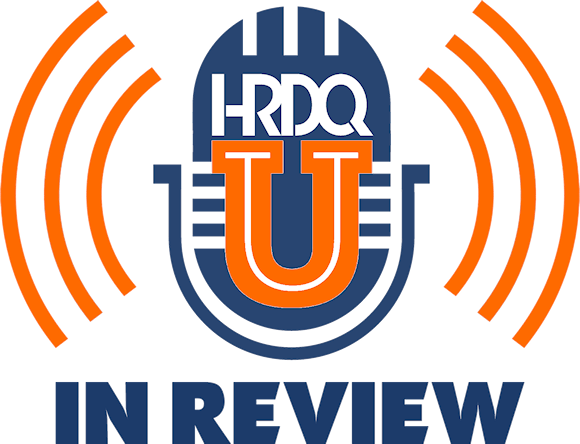
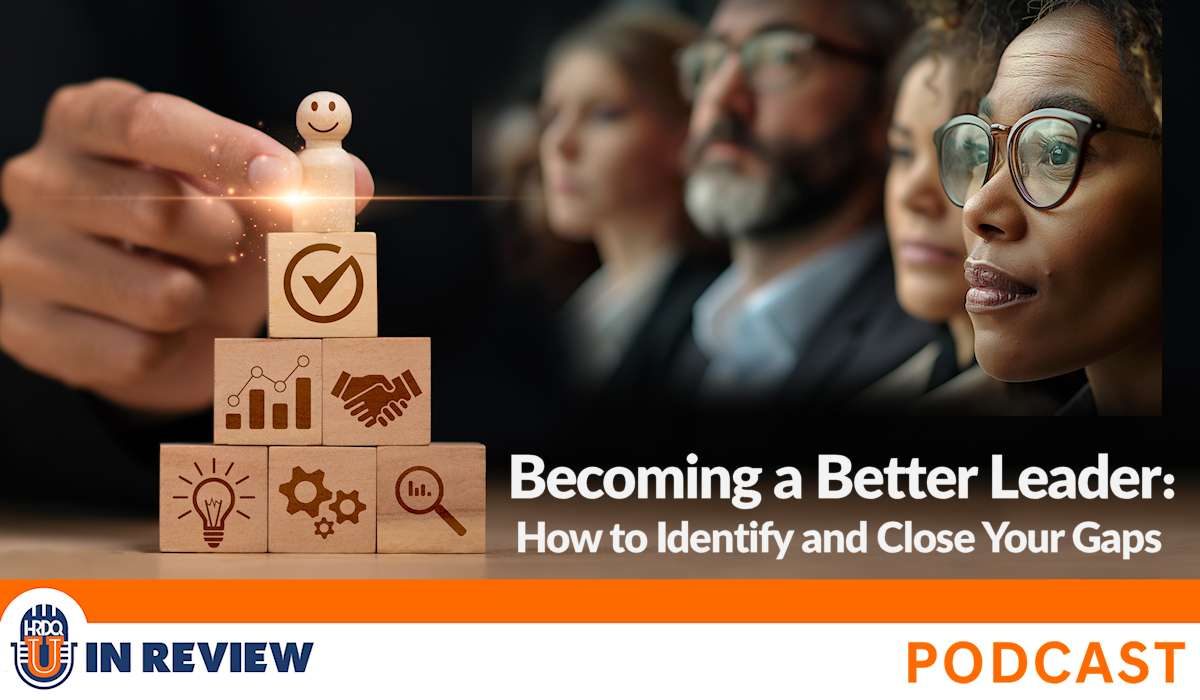
Host Sarah welcomes leadership expert Bill Treasurer to talk about his recent webinar, Becoming a Better Leader: How to Identify and Close Your Gaps. Bill shares insights from over 30 years in leadership development and the inspiration behind his Leadership Benchmarking Continuum – a practical tool designed to help leaders uncover and prioritize their leadership gaps. This framework provides valuable ways to improve leadership through focused self-awareness.
Bill explains why many leaders struggle with self-awareness, how hubris or overwhelm can hold people back, and why feedback and reflection are critical for growth. He also walks us through ways to improve leadership without losing confidence and offers daily practices to help new leaders stay centered and intentional when addressing their leadership gaps.
Packed with real-world experience, this episode offers honest, actionable advice to help leaders take ownership of their growth and build stronger, more self-aware teams. Listeners will walk away with clear ways to improve leadership and build stronger, more self-aware teams.
Chapters
Action Items
00:01
Welcome to this week’s episode of the HRDQ-U In Review Podcast, where we bring you the latest insights and practical tools for enhancing soft skills training in your organization. This podcast is brought to you by HRDQU.com, and I am your host, Sarah, Learning Events Manager at HRDQ-U. Today, we have Bill Treasurer joining me to discuss the webinar, Becoming a Better Leader: How to Identify and Close Your Gaps.
00:25
Before we dive in here, be sure to subscribe to our newsletter at HRDQU.com for exclusive updates, upcoming webinars, and resources to help you and your team excel. Bill, thanks so much for joining me today. Oh, Sarah, thanks so much for having me. You know, I know you know, I’m a longtime HRDQ customer, and I get to do podcasts with you. So how cool is that?
00:48
Yes, welcome to this side of HRDQ-U, to the HRDQ-U In Review podcast. This is our first one that we’re doing together, so I’m excited to have you over here for this style of content today. And Bill, before we get into the topic here, could you share with our audience a little bit about your background and what led you to focus on leadership development? Sure. So I’ve been at leadership development now as a practitioner for over 30 years since I got out of graduate school.
01:16
I’ve worked with a couple of companies along the way. I worked with a company called High Performing Systems where I cut my teeth in leadership development. They’re still around in Watkinsville, Georgia. I learned under the tutelage of a Vietnam veteran named Dr. Henry L. Thompson, fantastic guy. Then I went on to executive adventure and did outdoor experiential team building in the Atlanta area working with over, gosh, I did 300 team buildings with big famous companies at that time.
01:44
Then I went out to the big job experience and I worked at Accenture, one of the world’s largest management consulting companies. And I was there as their first full-time internal executive coach. And then I decided to go out on my own. About 23 years ago, I started my company, Giant Leap Consulting. And we largely design, develop, and deliver comprehensive leadership programs. Some of them are two years in length.
02:10
Oftentimes they have things like executive coaching involved and leadership summits and 360 degree feedback and guest speakers that are of note. I’m blessed to be able to do this kind of work. I learned so much from the leaders that I get to work with. That’s wonderful. Thanks for sharing that history. A lot of experience you have behind your belt there.
02:33
And this next question, so your webinar is all about identifying and closing leadership gaps. Can you share what inspired you to create this session? You know, for over 30 years, I had been working on a document that I have refined over time. And it was a PowerPoint-based leadership continuum that I would have coachees complete as a way to come into the coaching process so that I would know what they want to work on.
03:02
It looks at 15 different dimensions of leadership broken out into three broad categories, leading yourself, leading others, and leading work, which are distinct categories. And it was always useful to the coaches that I worked with. And recently, I don’t know, I was like, why don’t I turn this into a formal product? I I’ve been using it informally and refining it and shaping it for years. And so I polished it up. I made it productionalized.
03:30
I tested it with some people, including the great Elaine Beek, one of the great legends in training and development. And she thought it was fantastic. And so I decided, hey, let’s bring this out into the world. Let’s do a webinar around it to introduce it on HRDQU. And that was ultimately what inspired me to unveil the Leadership Benchmarking Continuum tool. And we did it right there with you all. That’s awesome.
03:55
And why do you think so many leaders struggle to see or address their own development gaps? know, broadly speaking here, there are two categories of leaders when it comes to this idea. The first is the folks who don’t think they need to look at their gaps because they don’t think they have any. I mean, there’s plenty of leaders who do have a lot of hubris and a lot of ego.
04:20
And they’re so busy operationally and focused on what they want to get done that they don’t have time to look at themselves and they don’t think that they need to. Now, I think that that’s kind of a small population of people, that hubristic kind of leader, but really more often it’s the opposite. It’s a new leader gets into a role. They were an individual contributor. They move into their first leadership role and they were overwhelmed by the sheer number of things that they have to improve upon. And it dwarfs them and it makes them feel
04:48
super saturated and overwhelmed and a lot of times they’ll throw their arms up in resignation and think, I just have everything to work on, much less want to do things. So the advantage of the leadership benchmarking continuum is it allows a leader like that who might be overwhelmed in their new leadership position to really focus and prioritize their gap areas because the truth is they don’t have 15 different gaps. They probably have two or three.
05:16
And this helps narrow it down so that they can focus on the things that they genuinely need to improve upon versus trying to take it all on at once. And you talk about self-awareness being critical. What’s one practical way a leader can gain honest insight into their blind spots today? Well, I’ll be a little self-serving on this one. I honestly think it’s take the leadership continuum tool. So the cool thing is, as part of this webinar,
05:45
Attendees get to download the tool and get to actually take it themselves I mean I use this with my coaches all the time as a way to help them identify of the 15 different dimensions of leadership that looks at they identify When they go through the process to identify do they have gaps in whichever areas? I mean they assess all 15, but they shoot generally surface one or two Maybe three items that they really need to focus on now as a priority. So
06:14
One easy way to begin working on identifying what your gaps are, are to take this tool that was designed to help you identify those gaps. Now in your experience, which leadership gaps tend to be the most common and which are the most, quote, dangerous if left unaddressed? I think that the one that’s most common is the one that is most dangerous if left unaddressed. And that is self-awareness.
06:42
The truth is we live in a very externally focused world and we, many of us have very external facing and an external reality. mean, even as we scroll through our phones and I, and we look at the different social media platforms that come at us every day, including, you know, at some moment people will be listening to this podcast. It’s social media. It’s externally focused. I might be listening to it while I’m taking a walk, but my brain is brought outside of myself.
07:11
So we’re always sort of outside of ourself and what we miss in the process is a moment of self-reflection. We’re constantly bombarded with a stream of interruptions. I one time heard a, I read an interview with the great James Taylor, the singer, right? Like, you know, in my mind, I’m going to Caroline, all the great songs, Fire and Rain, right?
07:39
And he was talking about when he grew up in Chapel Hill, North Carolina. And this is years and years ago, right? Probably 50 years ago plus. And he says, what I miss about growing up in North Carolina is I used to be able to take long walks and have long thoughts. I love that second part, that he used to be able to reflect more. And I think that we’ve kind of become really disconnected with the great
08:07
sort of the great imperative of being able to have moments of just deep reflection and alone time. Sadly, I would say Sarah, in my opinion, that a lot of people don’t have a very well internally developed life and they’re not attuned to the inner wisdom that’s inside of them. And yet it’s so critical for a leader to be self-aware because it’s really important that a leader be comfortable in their own skin.
08:37
If you are frenetic, if you are constantly transmitting anxiety to others, if you’re a freak out artist with passion and anger, other people are not gonna draw confidence from you. The question becomes, do you draw confidence from yourself? And if you’re disconnected from yourself, you have no degree of self-awareness, you’re gonna become a danger to yourself and a danger to others. So I think self-awareness is a critical leadership gap that needs to be closed.
09:07
and it’s really dangerous if not addressed because you’re not going to be comfortable in your own skin, I think that one of the greatest compliments a person can pay themself when they have explored who they are, when they know what they’re good at and what they’re not good at, when they know what the overuse of their strengths are and what their strengths are, is that that person can say the words, I know who I am. But if you don’t know who you are because you have no self-awareness, you’re going to, not only will you be
09:35
a danger to others, but you’re probably not going to be a happy person. And I think this is a great segue to this next question I have for you here. So how can leaders balance working on their development areas without losing confidence or authority with their teams? Yeah, I really had to reflect in thinking about that question is because, you know, I think we have to do both, right? We have to work on ourselves and yet we don’t want to be navel gazing.
10:04
And we don’t want to have so much self-confidence that we don’t have confidence, sorry, that we don’t have so much self-consciousness, I should say, that we lack confidence. And in fact, you know, I do a lot of 360-degree feedbacks. I administer them to senior executives and they’re very healthy. They can be very useful because they can close a lot of blind spots for senior executives. But in the process, there is a danger that a person going through a 360-degree feedback will become
10:34
hyper self-conscious and now start losing confidence in the process. Now a little of that can be healthy because it can rattle you into a new set of behaviors. And Gandhi said the truth only hurts if it should. Sometimes the truth should hurt because it should allow you to say, I’ve got to do something about this. But too much navel gazing is not a good thing. What I like about this benchmark, this leadership benchmarking continuum is it’s entirely self-
11:04
Rated nobody else is judging you. Nobody else is telling you things about yourself that you don’t want to hear It is you rating yourself now It takes a certain degree of willingness to be honest and some of us are a little deluded into thinking we are better than we are or the opposite But I but I think that it’s able to strike that balance because on the one hand you are assessing your gaps But you’re not judging yourself
11:32
in the way that others might be judging you when you go through a 360 degree feedback process. So it’s a little bit safer, if you ask me. And I think it strikes that balance nicely. Now, what role does feedback play in closing leadership gaps? And how can someone encourage more meaningful feedback from their peers? Super important. Any of your listeners that are in a senior leadership role, I hope you’re trying to create a high feedback culture in a healthy way.
12:00
that people don’t get rattled by feedback but see it as a way to develop. I remember one time I wrote a book with a Navy SEAL, a buddy of mine, John Coach Havlick. He was a Navy SEAL officer for many years. And John had been the detailed SEAL for a ambassador, Christie Kenny. And so John arranged for he and I to go and interview Christie Kenny.
12:27
a wonderful person. She had been an ambassador to three different countries. And she, when we were writing the book, the book was called The Leadership Killer, Reclaiming Humility in an Age of Arrogance. When we talked to Kristi Kenney, she said that it was really important whenever she moved into a leadership role, that she would deputize a couple of key truth tellers around her. Their job was to tell her the truth out of earshot of others.
12:55
because so many people would blow sunshine in her face, whether it would be senior dignitaries from the country that she was involved with or the people who were under her leadership command, if you will. She needed to have a few truth tellers like John around her because so many people were not gonna tell her the truth and that would be dangerous to her. would insulate her from the very truth that she needed to do a really good job. So I think it’s really important to have.
13:23
few deputized truth-tellers who care about us who are going to tell us after lunch if we’ve got broccoli between our teeth because nobody else is telling us So I think that getting getting feedback creating psychological safety So people are giving us a truth that we need to hear but may not want to hear is absolutely essential for growth and development
13:47
And for someone early in their leadership journey, what’s one foundational habit you recommend they start building now? It goes back to what you and I chatted about earlier as sort of this, there’s so many people, I used to be one of them, I sometimes still am one of them, who are just frenetic all the time, right? Like their day hits them like it’s a game of space invaders. As soon as they open the door, it’s like shoot down this interruption and oh, here comes a flaming meteorite and here comes another, you know.
14:17
thing that I didn’t expect on my plate today. I think that my guidance would be is to start your day with five minutes of silence, of contemplation of meditation. Maybe it’s 10 minutes, but start your day without interruptions, without people getting at you. Put your feet to the ground and say, what good in the world shall I do today? And then sit in a chair, maybe read
14:46
page or two of some sort of spiritual or centering kind of leadership I’m a big fan of the daily stoic by Ryan Holliday gives me two thousand year old wisdom in a short quotation and then a paragraph of interpretation I’ve got a number of other meditation books. They take me like they’re like a page each They take me maybe my whole practice of some meditation quiet moment of prayer that thoughtful
15:14
centeredness. Look, you’re going to hit a crazy day. You are going to open the door and it is going to be full of interruptions and things you didn’t expect that we’re going to take over and have and can knock you off your game and provoke anxiety. Five minutes, maybe 10 of centering in the beginning of the day will make you a more composed, capable, confident leader in the world. So five minutes of silence would be my big recommendation.
15:40
If a listener took away just one thing from today’s session, the webinar that we just did last week, what would you hope that it is? You know, so many people attending the webinar and so many people attending my workshops are project managers of some sort. They’re great at being able to put together an Excel spreadsheet and put together the schedule on the deliverable that they have to get. They manage the risks really well. They get the financing for it and such, and they do a crappy job.
16:09
of actually managing their own development. You have to take ownership of your own development. You’ve got to manage yourself like you would manage a project. What are the resources you’re going to need to develop? Whose support are you going to need to develop? What kind of investments are you going to need to make in yourself to develop? You can’t just resign yourself to the fact that, my company doesn’t do enough training. mean, that’s too bad if that’s true. I wish that they did. But that doesn’t absolve you from your responsibility.
16:38
of owning your own career and leadership development. The leadership benchmarking continuum is one way that you can own your development by taking ownership of your leadership gaps and then managing yourself and your career like it was one of those great projects that you deliver for others, except in this case, you’re the project. And finally, Bill, where can listeners go to connect with you and learn more about your work? A couple of places. Yeah. One, hey.
17:06
Go to HRDQ-U. There’s a couple of recordings and webinars that I’ve done over the years for you all. And then I’d say make your way to my website, which is giantleapconsulting.com. While you’re there, right on the front page of the website, there’s a newsletter sign up. We send a newsletter out monthly with all sorts of leadership tips and some interviews and book reviews and such. Entirely free, entirely optional. But giantleapconsulting.com would be the best place to go and find me.
17:34
Great. Yes, and we will have all of the information linked down below. If you haven’t checked out the webinar related to this topic here, we’ll have that down below so that you can take a look at that. I highly recommend that you do so. Bill, thank you so much for your time today. How wonderful to be with you, Sarah. Thank you so much. And thank you for HRDQ for all you do to help leaders and others develop. Thanks, Bill. And we hope you enjoy listening to the HRDQ-U In Review Podcasts, available on all major streaming platforms. If you did enjoy today’s episode,
18:02
Make sure to give us a follow and leave us a five star review. Thank you all for tuning in to this week’s episode of the HRDQ-U In Review Podcast brought to you by HRDQU.com.

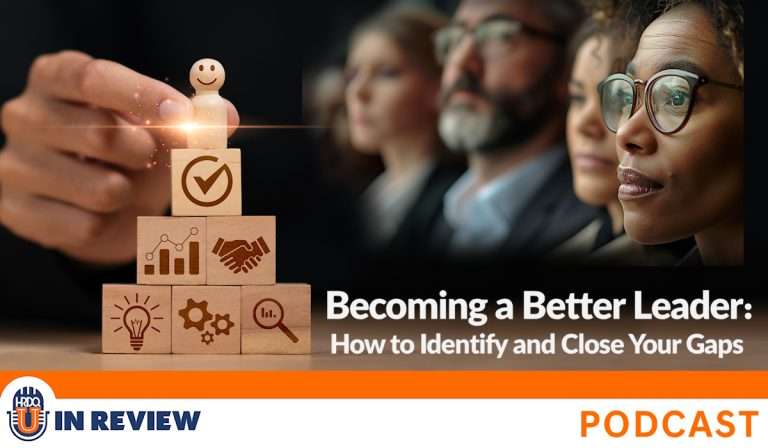
Listen to this podcast event at no charge with your
HRDQ-U Free Access Membership
Host Sarah welcomes leadership expert Bill Treasurer to talk about his recent webinar, Becoming a Better Leader: How to Identify and Close Your Gaps. Bill shares insights from over 30 years in leadership development and the inspiration behind his Leadership Benchmarking Continuum – a practical tool designed to help leaders uncover and prioritize their leadership gaps. This framework provides valuable ways to improve leadership through focused self-awareness.
Bill explains why many leaders struggle with self-awareness, how hubris or overwhelm can hold people back, and why feedback and reflection are critical for growth. He also walks us through ways to improve leadership without losing confidence and offers daily practices to help new leaders stay centered and intentional when addressing their leadership gaps.
Packed with real-world experience, this episode offers honest, actionable advice to help leaders take ownership of their growth and build stronger, more self-aware teams. Listeners will walk away with clear ways to improve leadership and build stronger, more self-aware teams.
Chapters
Action Items
[ PODCAST PLAYBACK ]
You must be signed-in with your membership account to access this content.
Enjoyed this podcast? Have suggestions on how we can improve? Please take our quick survey and receive a coupon for 15% OFF any of our individual membership plans.
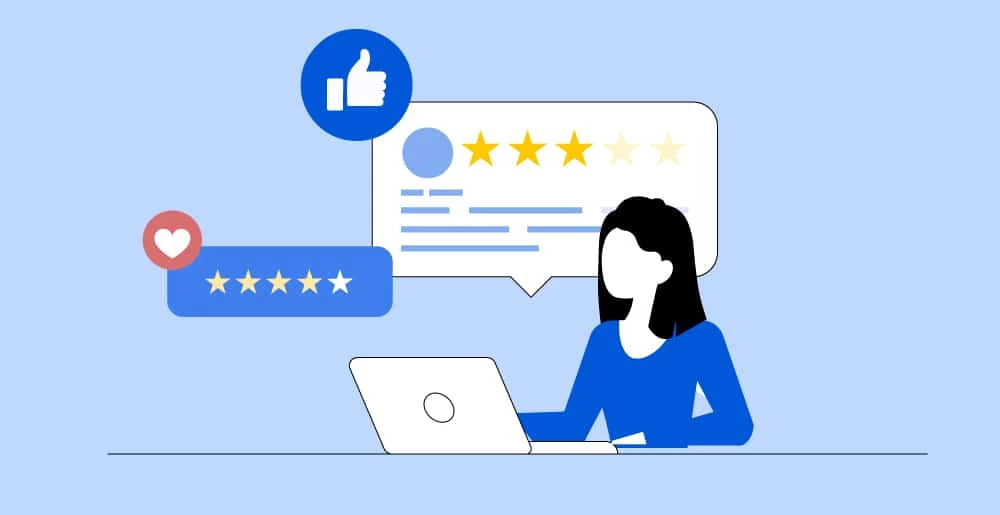
*Instant 15% coupon available upon completion of survey.
Want to learn more? Become an Individual or Corporate member to watch this and hundreds more webinars!
Discover how to close leadership gaps with a proven benchmarking tool to pinpoint and strengthen your skills for exceptional results.
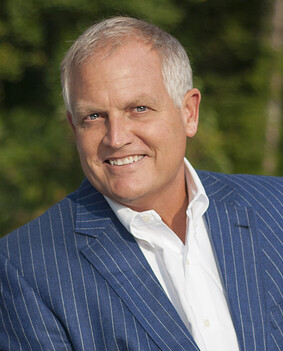
Bill Treasurer
Bill Treasurer is the founder and Chief Encouragement Officer (CEO) at Giant Leap Consulting (GLC), a courage-building company that exists to help people and organizations live more courageously.
Bill is considered the originator of the new organizational development practice of “courage-building.” Bill is the author of the internationally bestselling book Courage Goes to Work. Bill’s book, Leadership Two Words at a Time, was called a “truly must-read leadership playbook” by Jeff Hayes, former CEO of The Myers-Briggs Company.
Bill is the author of six books and an off-the-shelf training program titled Courageous Leadership: Using Courage to Transform the Workplace, which is designed to help organizational development practitioners and training professionals inspire more courageous behavior in their organizations. The program has been taught to thousands of leaders in 14 countries on five continents.
For over three decades, Bill has designed and delivered leadership and succession planning programs for experienced and emerging leaders for clients such as NASA, Accenture, eBay, CNN, Saks Fifth Avenue, Hugo Boss, UBS Bank, Lenovo, the Pittsburgh Pirates, the CDC, the National Science Foundation, and the U.S. Department of Veterans Affairs.
Learn more at www.giantleapconsulting.com and connect with Bill at www.BillTreasurer.com.

Training Tools for Developing Great People Skills
This event is sponsored by HRDQ. For 45 years HRDQ has provided research-based, off-the-shelf soft-skills training resources for classroom, virtual, and online training. From assessments and workshops to experiential hands-on games, HRDQ helps organizations improve performance, increase job satisfaction, and more.
Learn more at HRDQstore.com
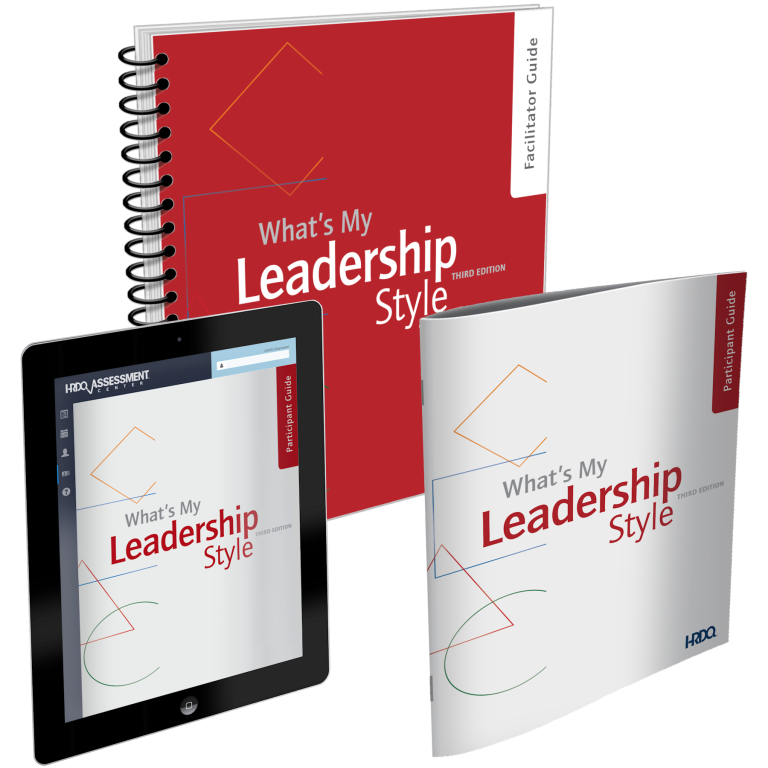
What's My Leadership Style
Uncover your distinct leadership style, whether you identify as Direct, Spirited, Considerate, or Systematic. Gain insights into your strengths, address areas for improvement, and empower your team to achieve greatness. Take the step to advance your leadership journey today and unleash the confidence needed to elevate performance and drive success.
Buy at HRDQstore.com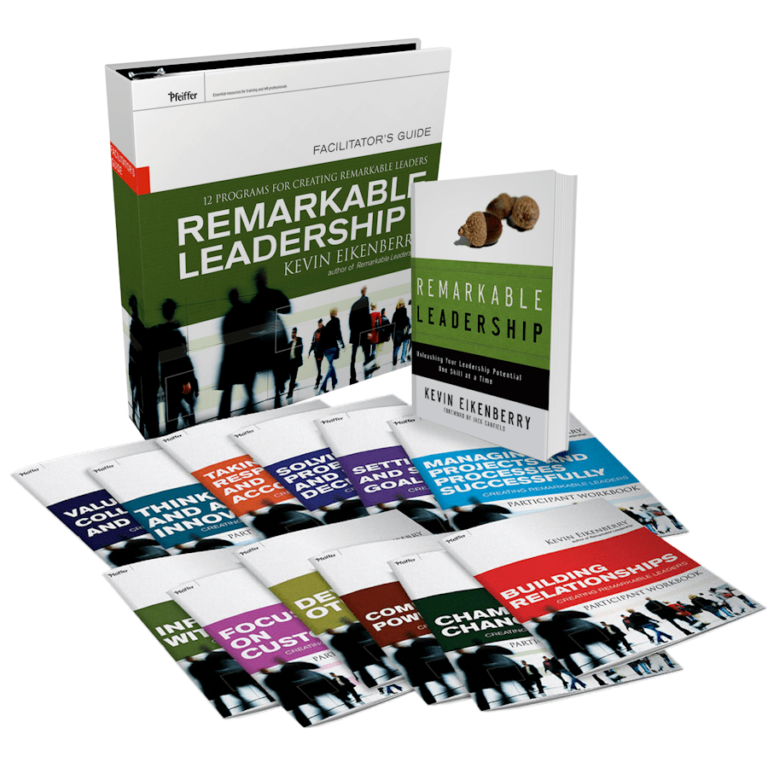
Remarkable Leadership
Elevate your leadership abilities with this comprehensive guide designed to help you master 12 essential competencies. From driving change and inspiring those around you to embracing innovative thinking, you’ll develop each skill step by step using a proven framework. Begin your journey today to unleash your leadership potential.
Buy at HRDQstore.comThe HRDQ-U In Review Podcast, brought to you by HRDQU.com, brings you the latest insights and practical tools for enhancing soft-skills training in your organization. As a learning community for trainers, coaches, consultants, managers, and anyone passionate about performance improvement, we interview subject matter experts and thought leaders from recent webinars they presented with us to take a deeper dive into the content they shared and answer all your questions. Join us as we explore new ideas and industry trends, share success stories, and discuss challenges faced by professionals.
The HRDQ-U In Review Podcast is intended for HR and training professionals, organizational development practitioners, and anyone interested in improving workplace performance and productivity.
New episodes of HRDQ-U In Review are released every week.
The length of the episodes varies, but they typically range from 15-30 minutes.
The podcast covers a wide range of topics related to HR and organizational development, including leadership development, team building, communication skills, conflict resolution, employee engagement, and more.
No, HRDQ-U In Review is completely free to listen to.
You can listen to any available HRDQ-U In Review Podcast right on our website at HRDQU.com via our embedded Spotify player on the related webinar page. In addition to our self-hosted option, you can find the HRDQ-U In Review Podcast on many of the popular streaming services, which are listed above.